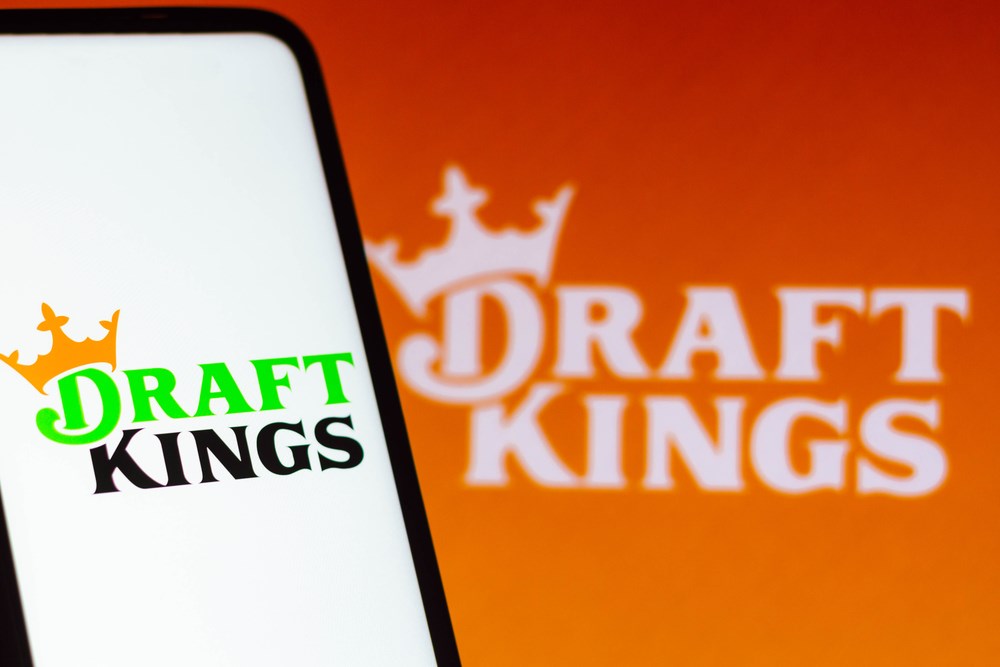
In the rapidly evolving online sports betting (OSB) market, DraftKings Inc. (NASDAQ:DKNG) is an odds-on favorite to win.
One of many pandemic winners to lose favor with investors, the tech-led sports betting operator is making a comeback. Favorable legislative momentum and improving financials have DraftKings stock days away from its first ever four-month winning streak.
Still trading more than 70% below its record peak though, can DraftKings really return to championship form? Wall Street thinks so.
Analyst opinions in the wake of the company’s February 16th earnings release have been largely bullish. This month alone, five firms have issued buy ratings compared to two holds and one sell. The bulls see more home run potential while the skeptics balk at the lack of profits and valuation.
Both views have merits.
But based on its improving fundamentals and room for growth, DraftKings is looking more like a bullish bet.
Nowadays it’s almost impossible to watch a live sporting event without seeing some sort of in-game betting promo. Announcers are even discussing ‘moneylines’ and ‘over-unders.’ Yet while there are more opportunities than ever before to place a wager on the NHL playoffs or Kentucky Derby, online sports betting expansion is still in the early innings.
How Did DraftKings Perform in 2022?
DraftKings’ revenue grew 73% to $2.24 billion last year. Since operating expenses increased at a lower rate, the company reported a narrower net loss per share of $3.16. An underappreciated aspect of DraftKings’ turnaround is declining customer acquisition costs, which should translate to improved profitability over the next few years.
In terms of DraftKings’ key performance indicators (KPIs), the year ended on a high note. In the final quarter of 2022, average monthly unique payers (MUPs) were up 30% to 2.6 million. Better yet, average revenue per MUP soared 42%. The combination of a growing user base and increased user engagement was a positive development heading into 2023.
When Does DraftKings Report First Quarter 2023 Results?
After the market close on May 4th, we will learn if DraftKings was able to carry the momentum into the new year. First-quarter revenue growth is expected to be 67% — but there’s a good chance it's even stronger. The company has topped Street revenue forecasts in each of the last four quarters and did so handily in Q3 and Q4.
Last time up to bat, DraftKings hit a double — better-than-expected top and bottom line results. The stock gapped up 15% in about 5x average volume but then trended lower alongside the broader market. After rebounding to a new 52-week high of $22.29 last week, traders appear to be lining up for another outperformance.
And with a record $16 billion wagered on Super Bowl LVII (the first Super Bowl to take place in a legal sports betting state), DraftKings certainly has a catalyst to push it past the goal line.
What Is DraftKings Long-Term Outlook?
Outside of private equity, it’s uncommon for a company to 10x its revenue in a matter of a few years. DraftKings is poised to do just that.
In 2019, DraftKings booked revenue of $323 million. Management recently raised its fiscal 2023 revenue guidance to $2.95 billion citing strong customer retention and monetization trends. Analysts are anticipating even better with the current consensus forecast at $3.0 billion.
A big reason why DraftKings has come so far so fast is that early adopter states are crushing it. Together, New Jersey, New Hampshire, Pennsylvania and West Virginia grew revenue 50% from 2019 to 2022. Their continued success and expectations for similar growth across the company’s other 15 states make for a bright outlook.
While much of the focus is on sports betting and daily fantasy sports, iGaming is a major part of the growth story. DraftKings has an increasing lineup of digital casino games in its portfolio to address perhaps its largest opportunity. Only 7 U.S. states have legalized iGaming (compared to 23 states for OSB), so the growth runway there is long.
Combined, the North American OSB and iGaming markets are an estimated $80 billion opportunity. DraftKings already controls around 20% to 25% of the U.S. markets and has a growing presence in Canada.
Bottom line: DraftKings has two powerful tailwinds supporting long-term growth — legislative approvals and a growing consumer appetite for sports betting and online gaming. If it can continue to leverage these forces, the third base coach will be waving the stock into the $30’s.
